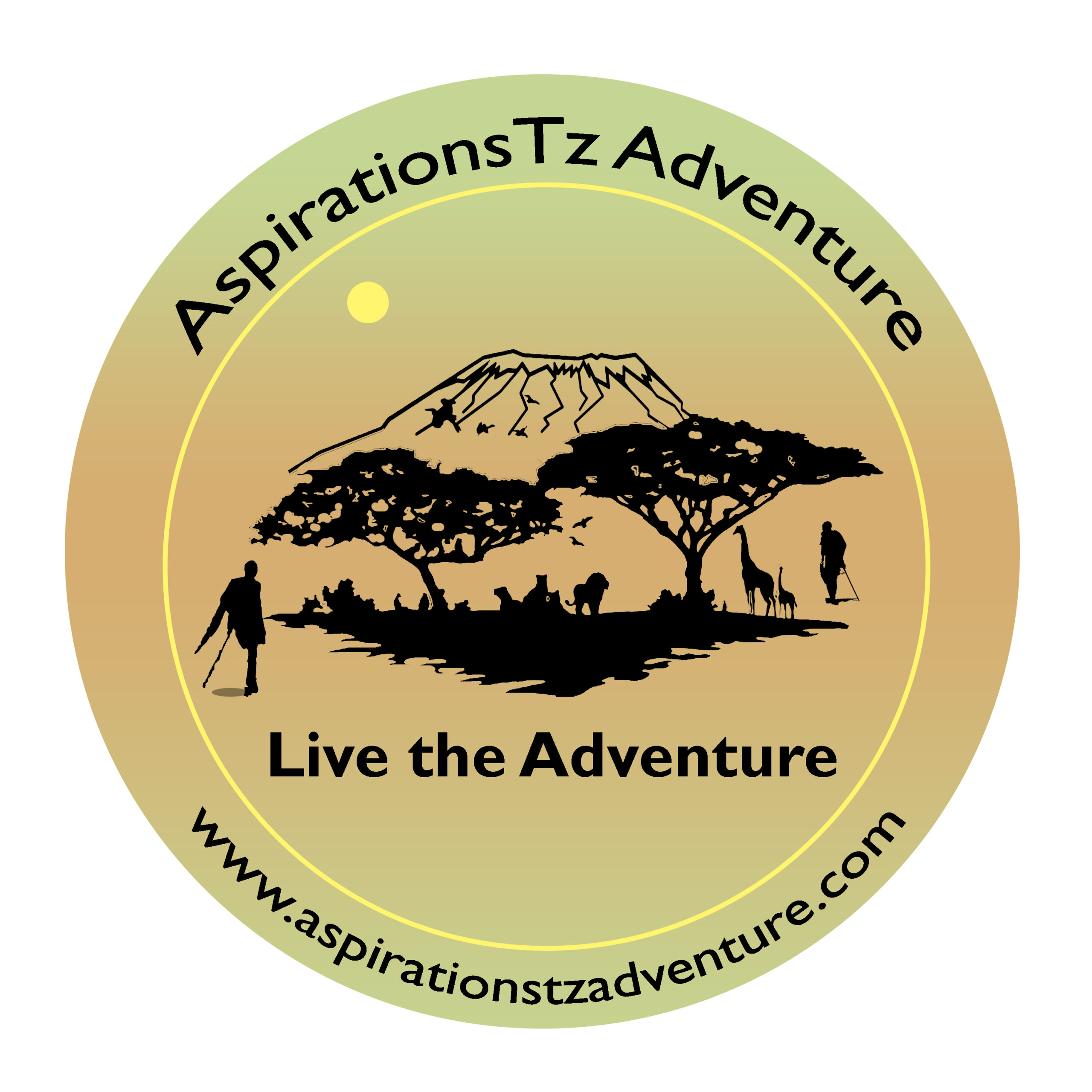+255 786 891 910
[email protected]
The Ngorongoro Crater, the world’s largest intact and unfilled volcanic caldera, is the main tourist attraction of the Ngorongoro Conservation Area. Renowned for its stunning natural features, it is one of Africa’s Seven Natural Wonders. The largest and most scenic crater in the conservation area is home to a high concentration of wildlife, including over 25,000 animals.
Among these are the Big Five: elephants, buffaloes, rhinos, lions, and leopards. Additionally, visitors can see hippos, hyenas, warthogs, zebras, elands, gazelles, wildebeests, and more. This rich diversity makes the Ngorongoro Crater the best place in Tanzania to spot and observe the Big Five and other wild species easily.
The Ngorongoro crater rim floor offers the best viewing and photographing opportunities in the Ngorongoro Conservation Area. Historically, the crater was a unique spot where humans and nature interacted more closely than anywhere else. Today, visitors can still see the settlements and cemeteries of the area’s earliest occupants.
Geological records reveal that the cone of the volcanic caldera collapsed inward, forming what we now know as the crater. The site is named after a Maasai phrase, ‘orgirra le kkorongorro,’ meaning “Big Bowl.” Early documentation misspelled ‘kkorongorro’ into what is now known as Ngorongoro, referring to the crater’s intricate depth. Thus, it became known as the Ngorongoro Crater.
The Ngorongoro Crater is a remarkable geographical feature, showcasing a variety of habitats such as grasslands, swamps, rivers, and woodlands. This diversity makes it exceptionally rich in both wildlife and vegetation. As a natural formation, it allows animals to roam freely throughout the year, making it a prime location for local and international tourists to observe wildlife behaviour more quickly than elsewhere.
Geologically, the Ngorongoro Crater was formed around 2.5 million years ago when a massive volcano, nearly the size of present-day Mt. Kilimanjaro, erupted and collapsed due to continuous tectonic activities and movements. Covering almost 260 square kilometres, the crater has a diameter of approximately 20 kilometres and collapsed to a depth of 610 meters, creating a massive volcanic caldera.
Olkerien Gorge is a stunning and lesser-known geological feature located in Northern Tanzania, near the Ngorongoro Conservation Area. While not as famous as the nearby Oldupai Gorge or the Ngorongoro Crater, Olkerien Gorge is an extraordinary site for nature lovers, hikers, and those interested in exploring Tanzania’s hidden gems.
Olmoti Crater is a beautiful, lesser-known but highly significant crater located in the Ngorongoro Conservation Area in northern Tanzania. Although it is smaller compared to the famous Ngorongoro Crater, Olmoti Crater offers stunning views, rich wildlife, and an opportunity to explore a more secluded and peaceful part of the conservation area.
Laetoli Footprints is one of the most significant archaeological discoveries in human history, located in the Laetoli region of northern Tanzania, near the famous Ngorongoro Crater. The footprints provide a remarkable glimpse into the lives of our early human ancestors and are considered one of the most important pieces of evidence of early human walking and bipedalism.
Shifting Sands is a unique and fascinating natural phenomenon located in the Ngorongoro Conservation Area in northern Tanzania, not far from the famous Ngorongoro Crater. This remarkable site is known for its ever-changing sands, which appear to move across the landscape in a manner that defies the typical behavior of sand dunes. It is one of the more intriguing and lesser-known attractions in the region, adding to the area’s geological and natural wonders.
Nasera Rock is a significant geological and cultural landmark located in the Ngorongoro Conservation Area in northern Tanzania. The rock is known for its historical importance and its connection to the Maasai people, as well as its stunning natural beauty. It is an ideal destination for those interested in culture, archaeology, and breathtaking landscapes.
Aspirations Tanzania Adventure
Typically replies within minutes
Any questions related to Ngorongoro Crater?
WhatsApp Us
🟢 Online | Privacy policy
WhatsApp us
